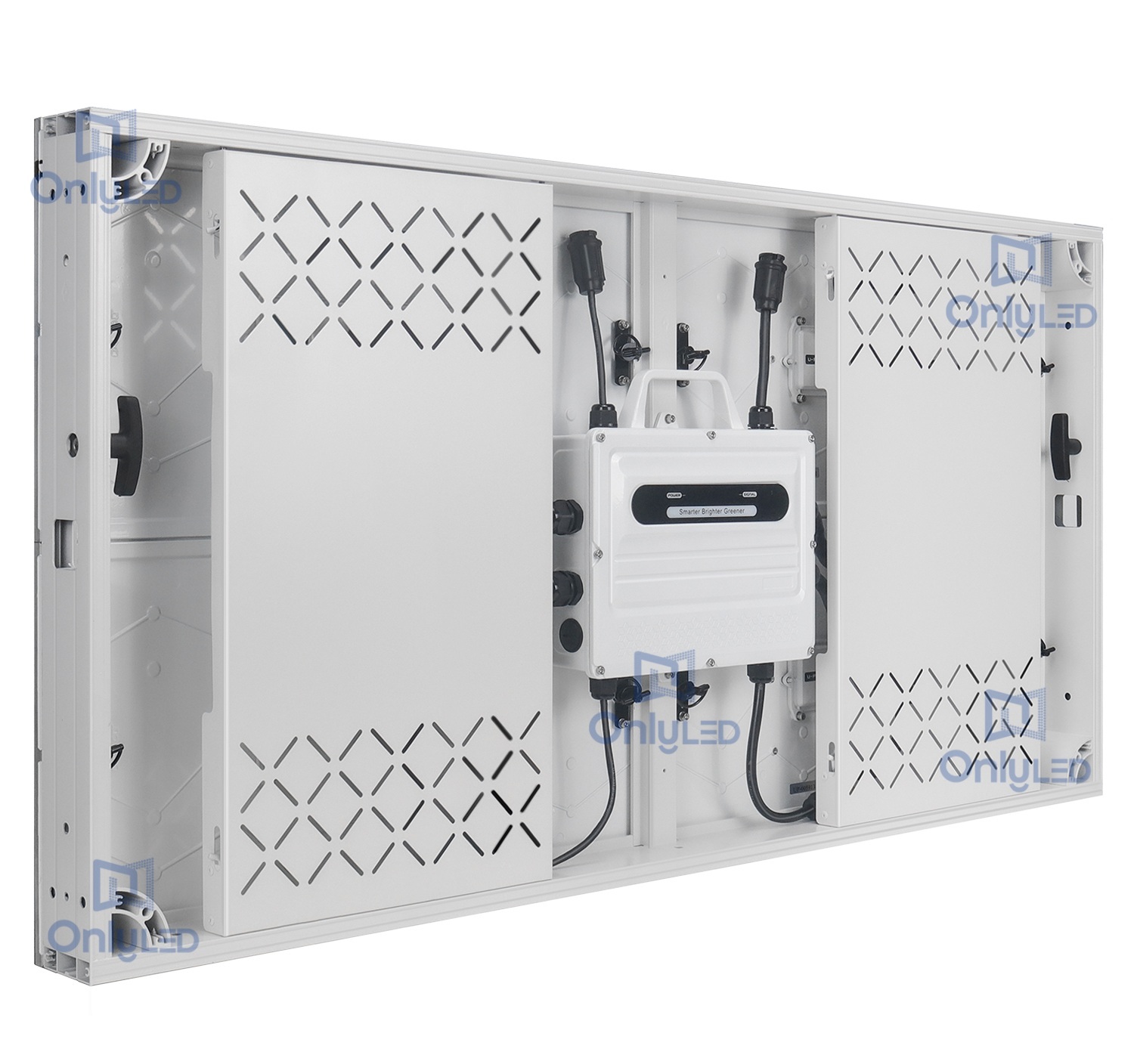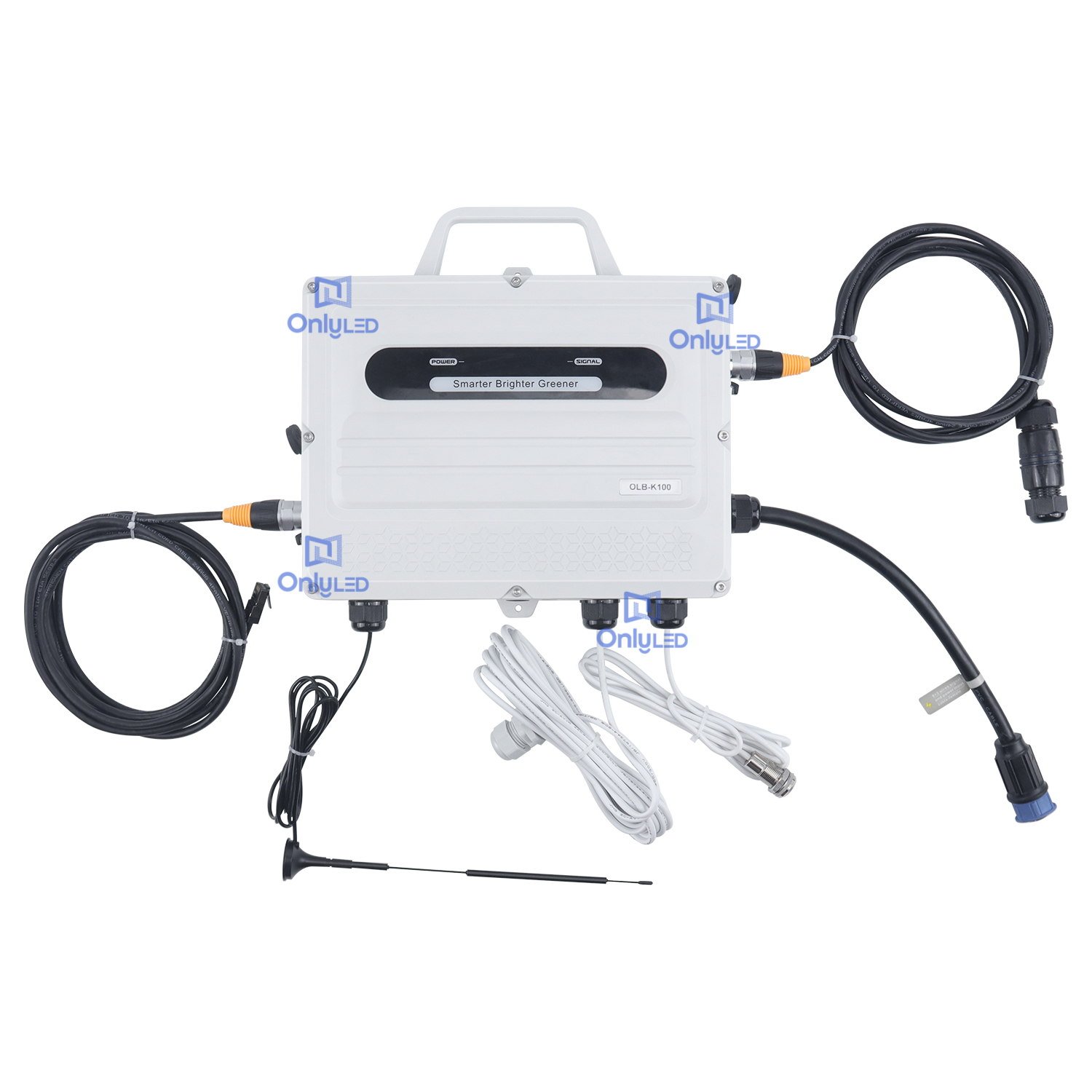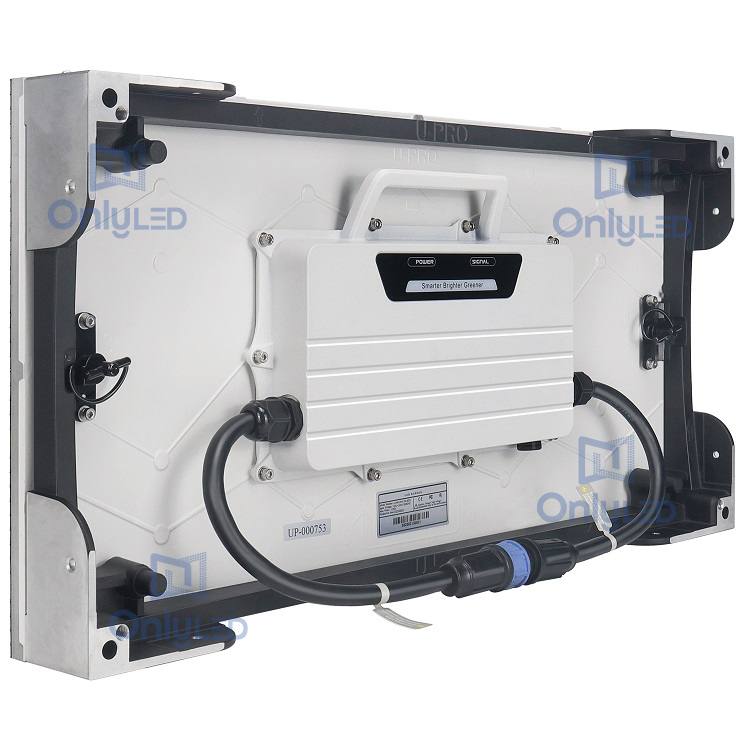Industry News
An In-depth Analysis of the Efficiency and Sustainability of Full-Color LED Display Technology

Full-color LED displays are widely used in various applications such as advertising, entertainment, and information display due to their vibrant colors and high resolution. However, understanding and evaluating their energy consumption and environmental impact is crucial in order to ensure their long-term sustainability. This study aims to provide a comprehensive analysis of the energy consumption and environmental protection characteristics of full-color LED displays.
1. Energy Consumption of Full-Color LED Display
The energy consumption of full-color LED displays is an important consideration since it directly impacts electricity usage and operational costs. One major advantage of LED technology is its energy efficiency. Compared to traditional display technologies, LED displays consume significantly less power per unit of brightness. This is due to the use of light-emitting diodes, which convert electricity into light more efficiently. Additionally, the introduction of advanced control systems and power management techniques further minimizes energy consumption.
Furthermore, the energy consumption of full-color LED displays can be optimized through the implementation of smart brightness control systems. These systems adjust the brightness of the display based on ambient lighting conditions, reducing energy usage without compromising visibility. Additionally, the use of energy-saving modes during periods of low activity or standby can further minimize energy consumption.
2. Environmental Protection Characteristics of Full-Color LED Display
Full-color LED displays also offer several environmental protection characteristics compared to other display technologies. Firstly, unlike traditional displays that use fluorescent lamps or cathode ray tubes, LED displays do not contain harmful substances such as mercury. This reduces the risk of environmental pollution and improves the safety of disposal and recycling processes.
Moreover, LED displays have a longer lifespan compared to traditional displays, resulting in reduced electronic waste. LEDs are known for their durability and can operate for tens of thousands of hours before needing replacement. This not only reduces the number of displays that end up in landfills but also decreases the overall carbon footprint associated with production and transportation.
3. Conclusion
In conclusion, full-color LED displays offer significant advantages in terms of energy consumption and environmental protection. Their energy efficiency, optimized brightness control systems, and the absence of hazardous substances contribute to a more sustainable and eco-friendly display technology. However, it is important to continue research and development efforts to further improve their energy efficiency and recyclability. By utilizing the potential of full-color LED displays while minimizing their environmental impact, we can achieve a balance between technological advancements and environmental responsibility.




